The Islands of Ireland
Ireland is an island, but it is surrounded by countless smaller islands, whose populations have ebbed and flowed over the years. The historic communities that are making a comeback on these small isles are said to create a people who are both strong, and closely tied to their unique locations.
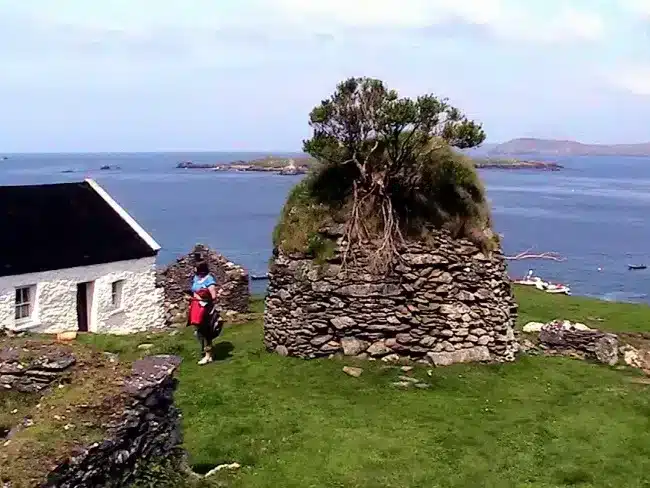
Have you ever lived on an island? OK – I realise that places like Ireland ARE islands, but I mean the smaller islands like the ones that hug the wild coast of the west of Ireland.
Earlier this week, I came across the following in a local newspaper:
The births of six babies on Sherkin and Hare islands, off west Cork, in the past four years, including the arrival of three babies on Sherkin this year, have done more than anything else to raise spirits in the island communities and give them confidence for the future.
It’s a very positive sign, says Aisling Moran, a development worker for Sherkin, Long and Hare islands.
“The last baby born before this on Sherkin was nearly 10 years ago, and I’ve been told that Finn, the baby born on Hare Island recently, was only the second baby born on Hare in the past 50 years. What’s special about the islands is the huge sense of community there, so although you might not be living in a big city, you’re not isolated.”
Have you ever visited a small island? Maybe you have even lived on one for a time? The “Islanders” of Ireland have a reputation of being an independent and hardy bunch. However difficult life was for those on the mainland, you could multiply those hardships for those who lived on our islands. This often led to very close-knit island communities – many of whom both produced and influenced wonderful works of literature over the years.
The Islands Around the Island of Ireland.
There are approximately 80 islands of significant size around the island of Ireland – and about 20 of those are inhabited today. However, if you go back all the way to 1841 – when Ireland’s population was at its greatest – islands like Sherkin, Inishmore, Achill, Clare, Clear, Valencia, Inishbofin, and Bere all have populations in excess of 1,000 people. Today, many of those population are only one tenth of that number.
Two weeks back, we were at a celebration for my aunt’s 80th birthday (Happy Birthday Kathleen!) – and towards the end of the evening a dapper man walked up and introduced himself. His name was John McCarthy and he started to talk about how well he knew my Grandfather and Grandmother – both of whom were neighbours of his when his family moved to the mainland from Horse Island. He talked about how his sister was one of the last to die from TB in the country in the 1950s – and let us know in no uncertain terms how hard life was on the island. When these islanders came to the mainland, they were often looked down on by the locals.
He reminded me of another neighbour of mine – Dinny Keohane. His family had also moved from Horse Island in the 1950s to the mainland. Many of his stories talked about the lack of drinking water on the island – they often had to draw their water from the bottom of disused Copper Mine shafts. Can you just imagine the minerals that water must have put into his body
The Decline of One Irish Island.
Horse Island lies just off the coast of Southern Ireland – and counts as one the “Carbery Hundred Isles” of West Cork. Like much of the region of West Cork, it became a target for Copper Mining in the early 1800s – providing much-needed employment in the building and working of the mines. In the late 1830s, Samuel Lewis notes:
“HORSE ISLAND, in the parish of SKULL is from Ballydehob; containing 81 inhabitants. It is situated in Roaring-Water bay, about a mile from the main land, and comprises 92 acres, based on clay-slate, with a very uneven surface, which is principally under cultivation by the spade.”
By 1841, the census shows that there were 137 people living on the island. Like most parts of rural Ireland, Horse Island was hit hard by the Famine of the late 1840s – and saw her population starve, die of sickness and emigrate in large numbers. By 1861, the population had declined back to 87.
If we move on to the population taken in the 1901 census, there were just 42 people on the island. The surnames found are:
McCarthy, Harnett, Whooley, Newman, Jones, Keohane, Moyle and Shynoweth.
By 1966, not one person is recorded as being on the island.
Just before we said goodnight to John McCarthy, he said:
“Do you know, people often asked me how we left such a paradise – and it is a paradise today. But back in those times life was very tough for us islanders and we saw better options for our children. But island life does put a toughness into you that’s hard to knock out!”
So, here’s to John McCarthy, Dinny Keohane and all the other thousands of Ireland’s islanders – including those lovely new families setting up home for the first time on one of our islands. How about you – did any of your Irish ancestors come from one of Ireland’s islands? Do leave your comments below and let me know.
That’s it for this week – and we do look forward to you joining us again next week.
Slán for now,
Mike & Carina.

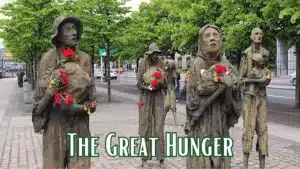
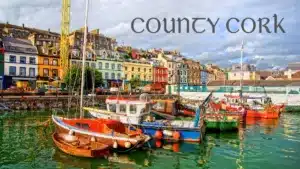
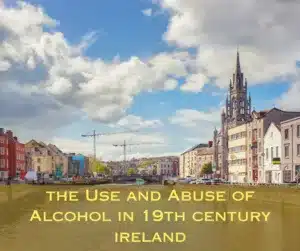
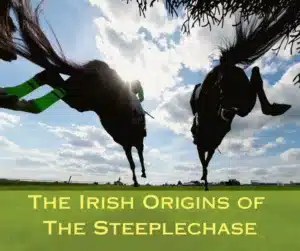
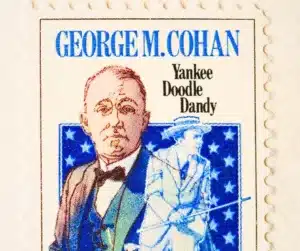
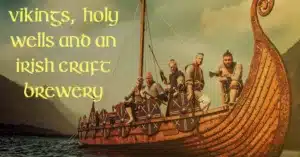
Only Plus Members can comment - Join Now
If you already have an account sign in here.